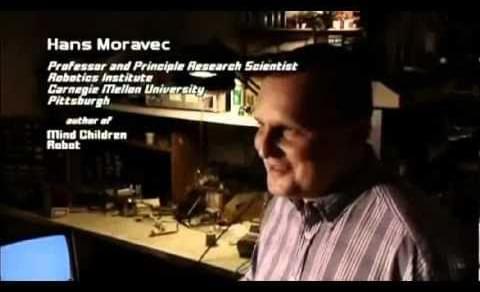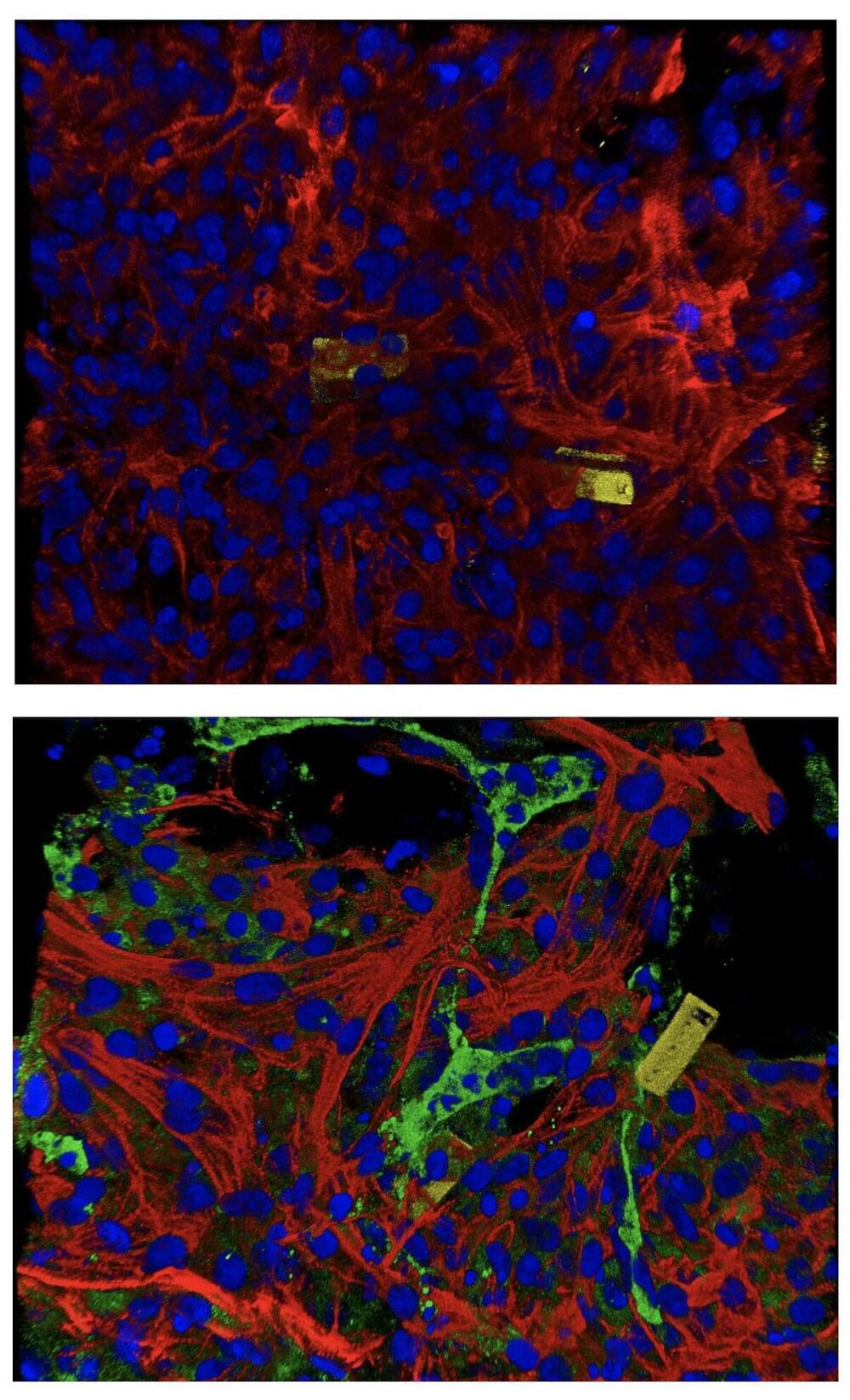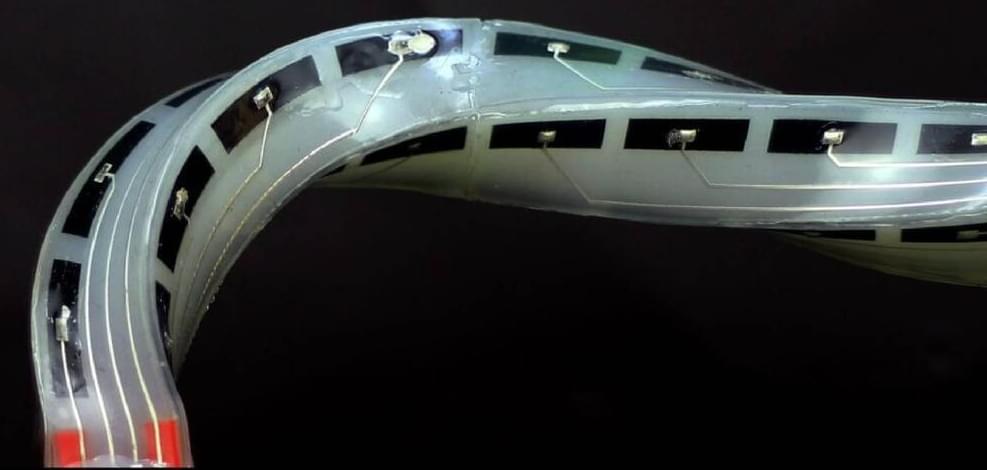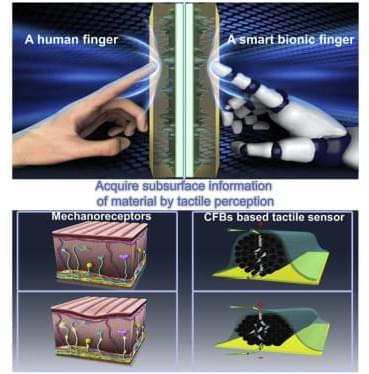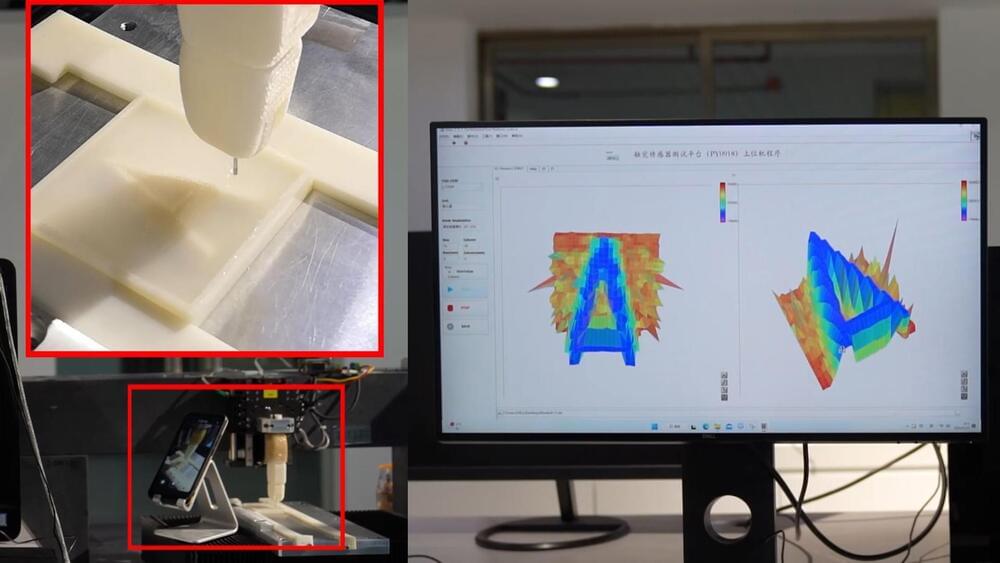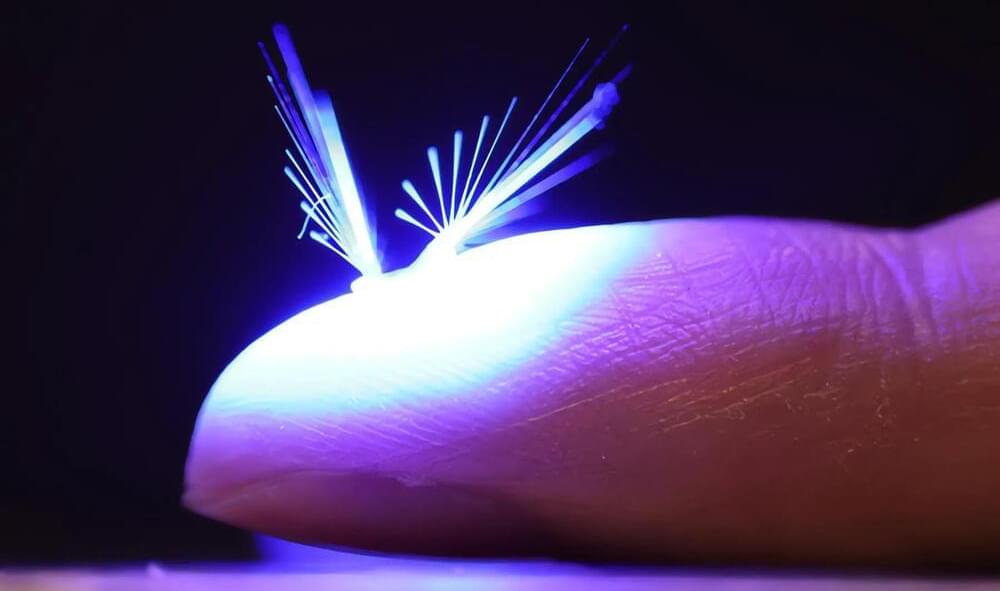Mar 8, 2023
When will a computer surpass the human brain?
Posted by Dan Breeden in categories: cyborgs, education, genetics, nanotechnology, robotics/AI, transhumanism
This is a clip from Technocalyps, a documentary in three parts about the exponential growth of technology and trans-humanism, made by Hans Moravec. The documentary came out in 1998, and then a new version was made in 2006. This is how the film-makers themselves describe what the movie is about:
“The accelerating advances in genetics, brain research, artificial intelligence, bionics and nanotechnology seem to converge to one goal: to overcome human limits and create higher forms of intelligent life and to create transhuman life.”
Continue reading “When will a computer surpass the human brain?” »
